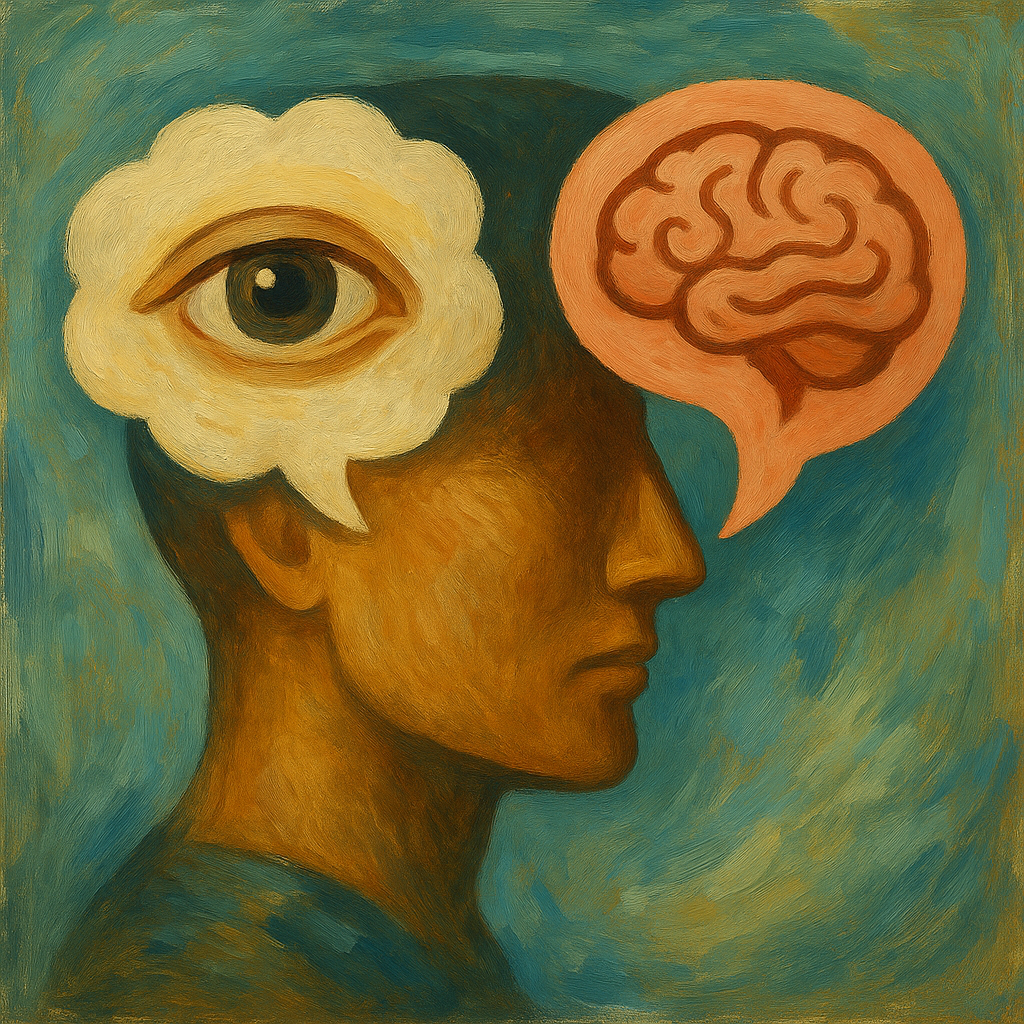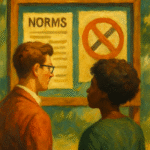Understanding whether we think in words or images is a fascinating journey into cognition and language. Many people have wondered, do we think in words or images? It’s a question that dives deep into how our brains process thoughts and ideas. In this comprehensive article, we will explore the nuances between verbal and visual thinking, supported by research and expert insights.
The Concept of Thinking
Before delving into the specifics of words and images, it’s crucial to define what we mean by thinking. Cognitive psychology defines thinking as the mental manipulation of information. This can happen through several channels, notably linguistic and visual. Let’s break down these channels further to understand how they shape our thoughts.
Visual Thinking vs. Verbal Thinking
Visual thinking involves comprehension and processing through images, while verbal thinking relies on linguistic expression. Studies have shown that:
* Approximately 65% of the population identifies as visual learners.
* The remaining predominantly utilize linguistic resources for understanding.
This divergence raises the critical inquiry: do we think in words or images?
How Cognitive Processes Relate to Language
Research into the language and thought relationship reveals that language significantly impacts our cognition. The relationship between language and thought is key to understanding how we represent ideas and processes:
* Cognitive psychology and imagery propose that mental imagery is essential for learning and memory.
* Thinking in pictures enhances memory recall, as the human brain can remember images significantly better than words alone.
Understanding this dynamic allows us to ponder, do we think in words or images? Research indicates that the representation of ideas can manifest in both forms, creating a complex interplay between words and images.
The Impact of Language on Thinking
How does language affect our thought processes? According to multiple studies:
1. Language shapes perception. The words we use can influence how we perceive reality.
2. Thought is framed by words. Linguistic nationalism suggests that what is unsaid in one language may substantially influence our understanding of concepts.
Experiments on Thinking and Language
Several psychological experiments highlight the differences between thinking in images and words. One such experiment involved bilingual participants who were asked to solve problems in different languages. The results indicated that:
* Participants’ problem-solving approaches varied depending on the language used.
* Those using a language they connected more with through imagery tended to solve problems more creatively.
This showcases how cognitive processes can depend on how we think.
Exploring Mind Representation: Words vs. Images
The question do we think in words or images brings us to explore how the mind represents ideas:
* Words often categorize and provide structure to thoughts, lending to clarity.
* Images provide emotional depth and context, which words sometimes lack.
Semantics in Thinking
Understanding semantics is crucial for grasping how ideas relate in our mind. Some key points include:
* Context matters. The meaning behind our words can shift based on visual context.
* Our brains are wired to form mental images as we communicate, bridging visual and verbal thought.
These connections reveal how crucial it is to consider both elements in our understanding of cognition.
The Neuroscience Behind Thinking
Neuroscience provides insights into how we process images and language:
* Brain imaging studies indicate that both visual and linguistic processing involves different neural pathways.
* However, they often operate simultaneously, demonstrating the brain’s capacity for integrating these forms of cognition.
Conclusion: A Dual Pathway of Thought
Ultimately, the compelling inquiry of do we think in words or images suggests that our thought processes are a combination of both. Cognitive psychology acknowledges the intricate relationship between language and visual imagery, asserting that:
* Thinking is not linear—it’s multifaceted and adaptable.
* Depending on context, we oscillate between thinking verbally and visually.
To better understand your own thought processes, consider reflecting on your learning style and cognitive preferences.
Embrace the nuances of your thought process! Whether you naturally gravitate towards visual thinking or rely on verbal reasoning, both approaches hold power. If you are eager to delve deeper into this topic, visit our blog for more insights.


